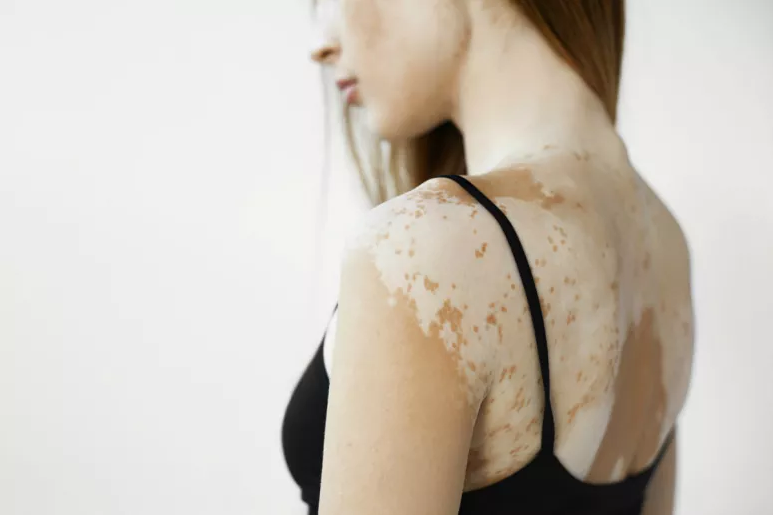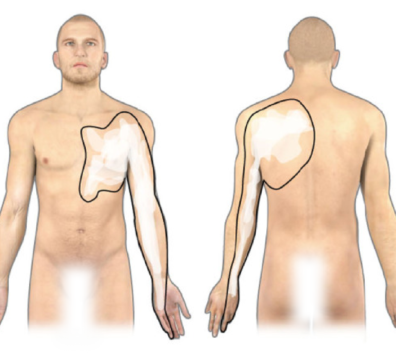Vitiligo
Vitiligo is a skin condition in which smooth white patches called appear on a person’s skin. It generally starts on the hands, forearms, feet and face. Globally, one percent of the population could be suffering from vitiligo

What is vitiligo ?
It is a skin disorder that causes the skin to lose its color. Smooth white areas (called macules if less than 5mm or patches if 5mm or larger) appear on a person’s skin. If you have vitiligo in a place that has hair, the hair on your body may also turn white. The condition occurs when melanocytes the cells responsible for lending colour or pigmentation are destroyed by the body’s immune system.
How does it spread ?
Vitiligo usually begins with a few small white patches that may gradually spread over the body over the course of several months. Vitiligo typically begins on the hands, forearms, feet, and face but can develop on any part of the body, including the mucous membranes (moist lining of the mouth, nose, genital, and rectal areas), the eyes, and inner ears.


Sometimes the larger patches continue to widen and spread, but usually they stay in the same place for years. The location of smaller macules shifts and changes over time, as certain areas of skin lose and regain their pigments. Vitiligo varies in the amount of skin affected, with some patients experiencing few depigmented areas and others with widespread loss of skin color.
How is Vitiligo treated?
Post Operative Care for Vitiligo
Immediately after the surgery
- You will be given a dressing which needs to be changed once in 3-5 days.
- After the surgical site is dry ,the part may be exposed to air .
Full recovery timeline
It is recommended that one exposes the part to sunlight for atleast 30 mins to enhance pigmentation creams enhancing pigmentation may also be prescribed for a period of 4-6 weeks till you start noticing pigmentation in the operated area moisturisers may be prescribed to reduce itching.
